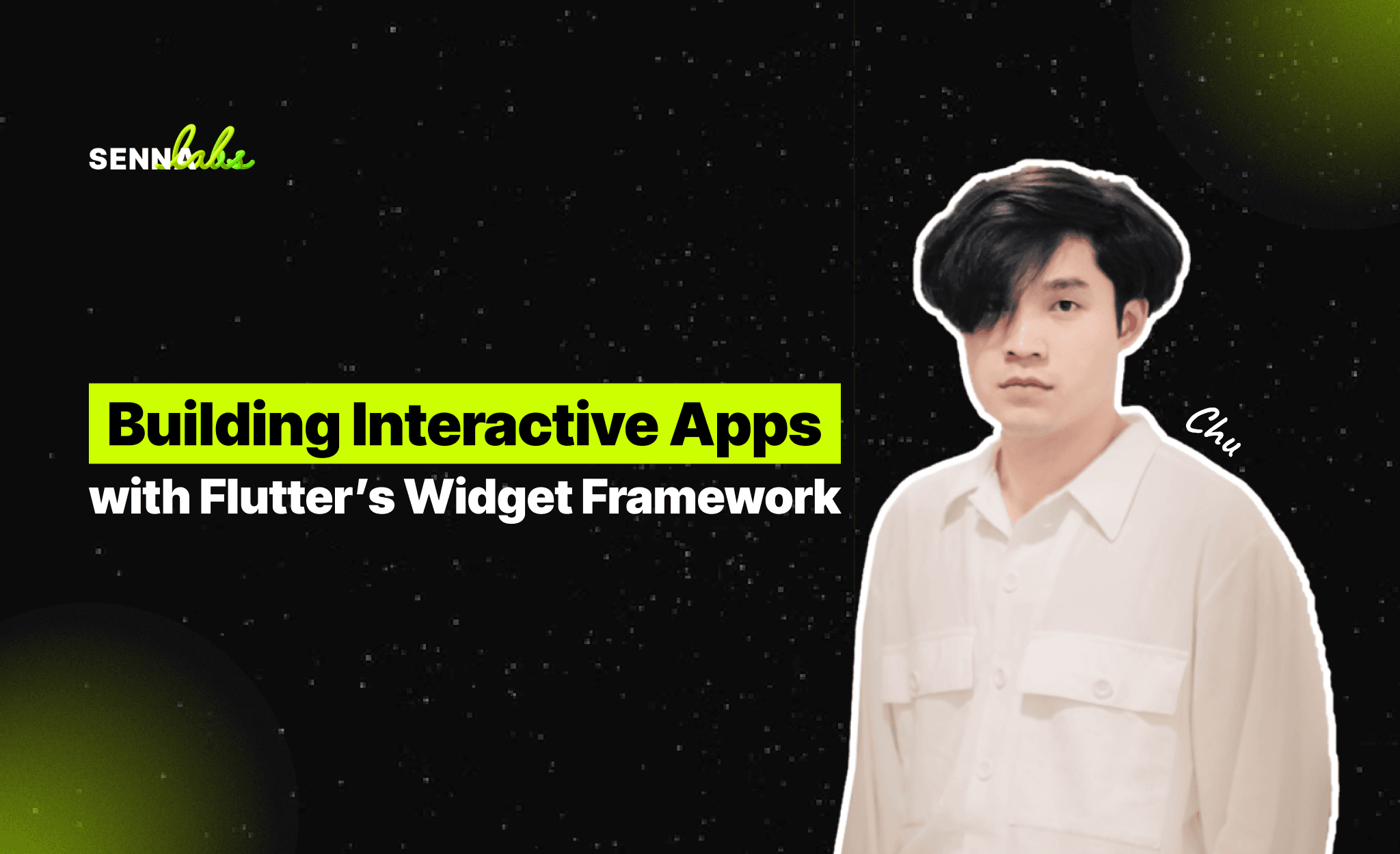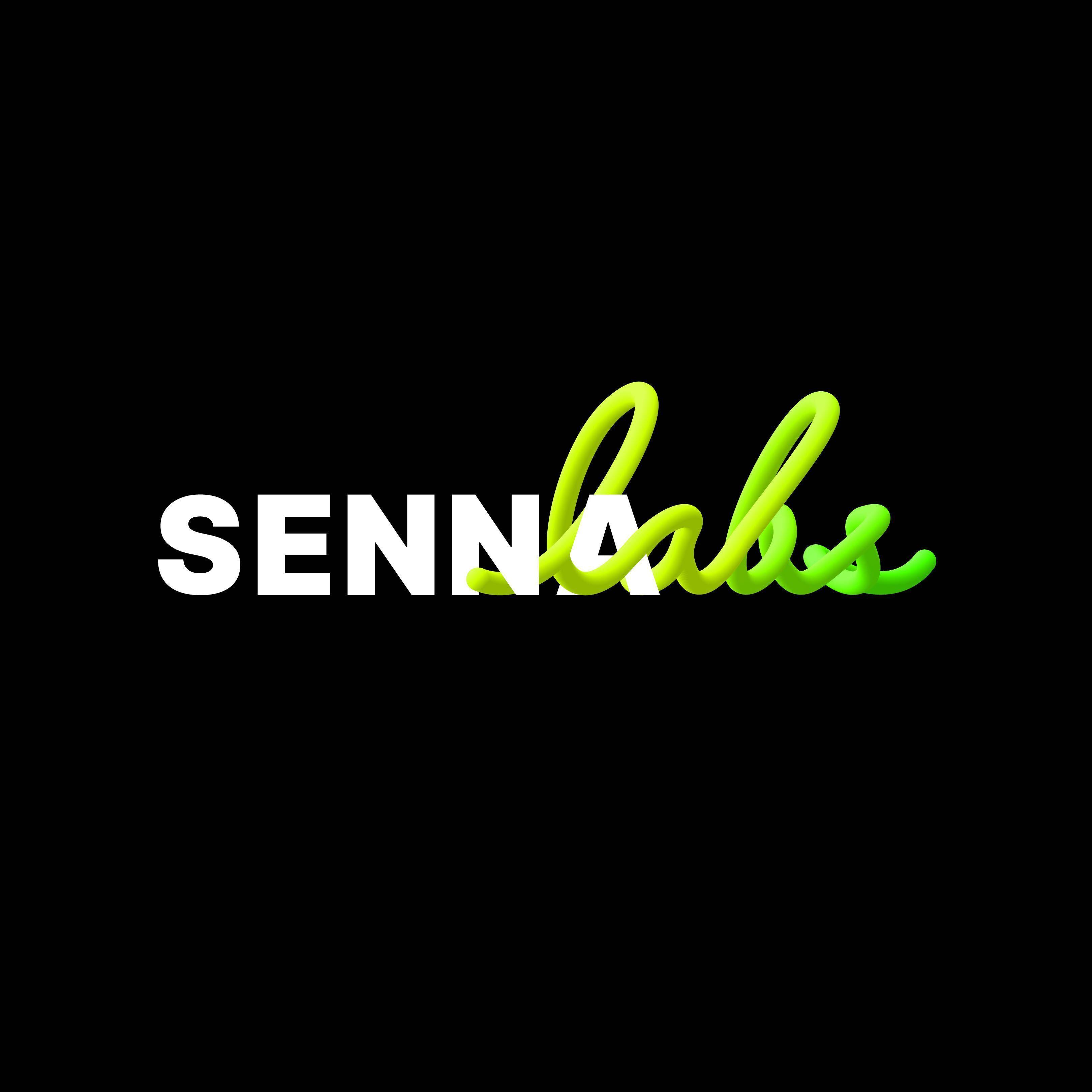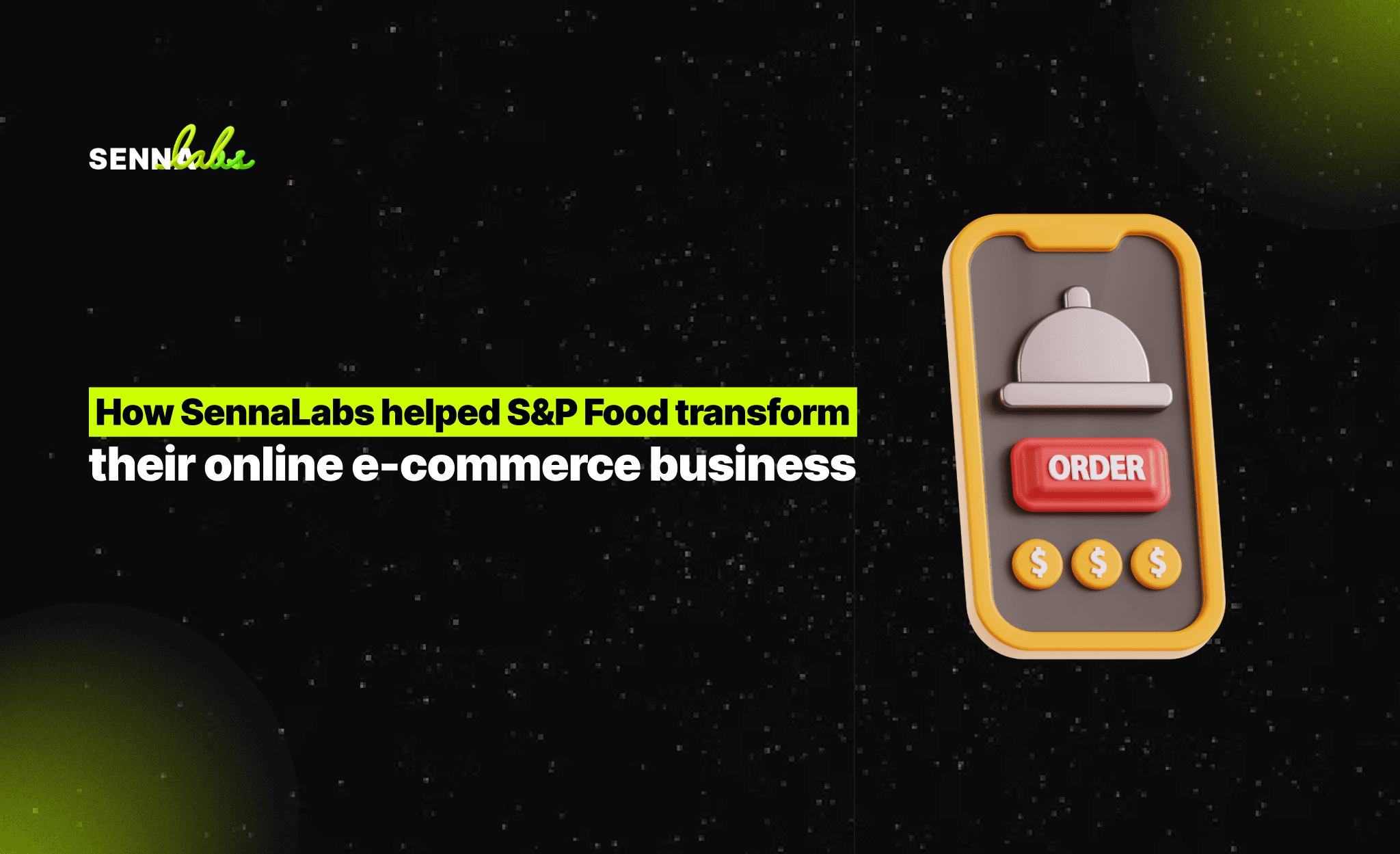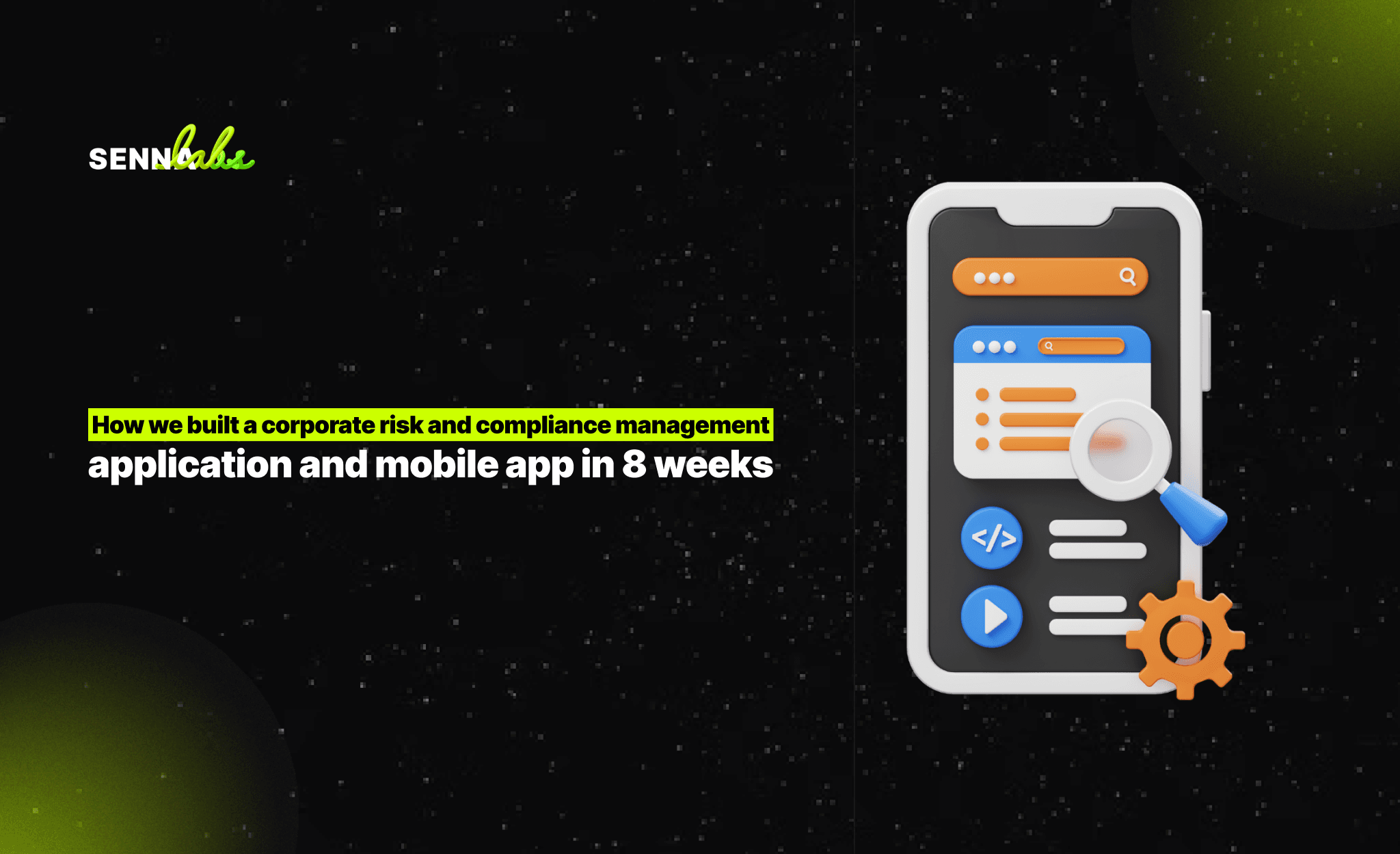Building Interactive Apps with Flutter’s Widget Framework
Share

Mobile applications have evolved far beyond static screens and simple navigation. Today, users expect dynamic, responsive, and interactive experiences that keep them engaged. This is especially true for industries such as education, gaming, and social media, where user interaction is key to success. In the realm of mobile development, Flutter has emerged as a leading framework for building interactive apps, thanks to its powerful widget system. Flutter provides developers with the flexibility to create highly interactive apps with custom animations, real-time feedback, and responsive user interfaces.

In this article, we’ll explore how Flutter’s widget framework enables developers to build interactive apps that captivate users and enhance engagement. We’ll also examine a use case of an educational platform that used Flutter’s widget system to develop an interactive learning app that improved student engagement.
Why Interactivity Matters in Mobile Apps
In an era where users have a wide array of apps to choose from, the ability to create a seamless and engaging user experience can be the deciding factor in an app’s success. Interactive apps are more likely to keep users engaged, increase user retention, and encourage users to return to the app regularly. This is particularly true for:
-
Educational apps: Engaging students in active learning with quizzes, real-time feedback, and interactive animations that explain concepts.
-
E-commerce apps: Allowing users to interact with products through zoomable images, virtual try-on experiences, and personalized recommendations.
-
Social media platforms: Providing real-time interactions such as likes, comments, and instant notifications to create a sense of community.
Building interactivity into apps requires tools that allow for responsive design, animations, gesture recognition, and real-time data updates—all areas where Flutter’s widget framework excels.
What Is Flutter’s Widget Framework?
At the heart of Flutter’s architecture is the widget. In Flutter, everything is a widget, from simple elements like text and buttons to complex layouts, animations, and gesture recognitions. Flutter’s widget system is designed to be highly flexible and customizable, allowing developers to build rich, interactive UIs with ease.
There are two types of widgets in Flutter:
-
Stateless widgets: These widgets do not change once they are built. They are ideal for static content, such as text or images that do not require any interaction or updates.
-
Stateful widgets: These widgets can change over time based on user input, animations, or data updates. They are ideal for interactive elements like buttons, forms, or animations that need to respond to user actions.
Flutter’s widget system allows developers to combine both stateless and stateful widgets to create highly interactive apps that respond to user inputs in real time.
Key Features of Flutter’s Widget Framework for Interactivity
Flutter’s widget system provides a range of features that make it easy to build interactive apps. Some of the key features include:
-
Custom Animations
Flutter provides a robust set of tools for creating smooth and highly customizable animations. Developers can use Flutter’s AnimationController and Tween classes to create everything from simple fade-ins to complex transitions and movements. These animations can be tied to user interactions, such as clicking a button or swiping between screens, to enhance the user experience. -
Gesture Detection
Flutter supports a wide range of gestures, including taps, swipes, long presses, and drags, through its GestureDetector widget. This allows developers to add interactivity to various elements within the app. For example, users can swipe through image galleries, pinch to zoom, or tap to reveal additional information. -
Real-Time Feedback
Real-time feedback is crucial for interactive apps, especially in educational or gaming contexts. Flutter’s widget framework allows developers to create widgets that update dynamically based on user actions. For instance, a quiz app can provide immediate feedback after a user selects an answer, or a financial app can update charts and graphs in real time based on market data. -
Custom Widgets
Flutter’s widget framework is highly customizable. Developers can create their own widgets or extend existing ones to fit the specific needs of their app. Custom widgets allow developers to build interactive elements that are tailored to their user base, such as unique buttons, sliders, or interactive charts. -
Responsive Layouts
Flutter’s widget system supports responsive design, meaning that apps built with Flutter can adapt to different screen sizes and orientations. This is particularly important for interactive apps that need to provide a consistent experience across various devices, from smartphones to tablets. Developers can use MediaQuery and LayoutBuilder widgets to ensure that the app’s layout adjusts dynamically based on the device’s screen size.
Use Case: An Educational Platform Built with Flutter’s Widget System
To demonstrate the power of Flutter’s widget framework in building interactive apps, let’s look at a use case of an educational platform that used Flutter to create an interactive learning app. The goal of the app was to provide an engaging and intuitive learning experience that would help students better understand complex concepts through interactive lessons, quizzes, and real-time feedback.
The Challenge
The educational platform faced the challenge of keeping students engaged in a digital learning environment. Traditional learning apps often struggle to maintain student attention, as static content can become monotonous. The platform needed an app that was not only informative but also interactive, providing real-time feedback, custom animations, and engaging content.
The Solution: Flutter’s Widget System
The development team chose Flutter to build the educational app because of its powerful widget system, which allowed them to create a highly interactive and dynamic learning experience. Here’s how Flutter’s widget framework was used to enhance interactivity and improve student engagement:
-
Interactive Lessons with Custom Animations
The app used Flutter’s widget system to create lessons that included custom animations to explain complex concepts visually. For example, when a student tapped on a science lesson, animations would demonstrate processes such as the water cycle or cell division. These animations helped students grasp difficult concepts more easily by providing a visual, interactive representation.
The team used Flutter’s AnimationController to control the speed and flow of the animations, allowing students to pause, rewind, or replay sections as needed. This level of interactivity made the lessons more engaging and encouraged students to spend more time in the app. -
Real-Time Feedback in Quizzes
Flutter’s stateful widgets allowed the app to provide real-time feedback to students during quizzes. When a student selected an answer, the app immediately provided feedback, indicating whether the answer was correct or incorrect. The feedback was accompanied by animations such as checkmarks or red X’s, which made the experience more engaging.
The app also used ProgressIndicator widgets to show students their progress through each quiz, motivating them to complete each section and move on to the next challenge. -
Gesture-Based Navigation
To make the app more intuitive and easy to use, the development team implemented gesture-based navigation using Flutter’s GestureDetector widget. Students could swipe between lessons, drag sliders to adjust difficulty levels, and tap on elements to reveal additional information. This gesture-based navigation made the app feel more interactive and responsive, enhancing the overall user experience. -
Custom Widgets for Learning Tools
The development team created custom widgets to serve as interactive learning tools. For example, the app included a custom calculator widget that allowed students to solve math problems directly within the lesson. The team also developed interactive charts that students could manipulate to better understand data trends.
These custom widgets were tailored to the app’s specific learning objectives, ensuring that students had access to the tools they needed to succeed. -
Responsive Design for Multiple Devices
Since the app was intended to be used on a variety of devices, from smartphones to tablets, the development team used Flutter’s LayoutBuilder widget to ensure that the app’s layout was responsive. The app automatically adjusted its layout based on the screen size and orientation, providing a consistent and interactive experience across all devices.
The Results
By leveraging Flutter’s widget framework, the educational platform successfully built an interactive learning app that increased student engagement and improved learning outcomes. The custom animations, real-time feedback, and gesture-based navigation made the app more dynamic and enjoyable to use, while the responsive design ensured that students could access the app on any device.
The app saw several key benefits:
-
Increased Engagement: The interactive elements, such as real-time feedback and custom animations, encouraged students to spend more time in the app. Student engagement increased by 35% compared to the previous version of the app.
-
Improved Learning Outcomes: Students reported a better understanding of complex concepts thanks to the visual and interactive lessons. Quizzes with real-time feedback also helped reinforce learning.
-
Higher Retention Rates: The engaging user experience, combined with the responsive design, led to higher retention rates. More students returned to the app regularly to continue their learning journey.
Conclusion
Flutter’s widget framework is a powerful tool for building interactive mobile applications that captivate users and enhance engagement. With features such as custom animations, gesture detection, real-time feedback, and responsive layouts, Flutter makes it easy for developers to create dynamic and responsive apps that provide a seamless user experience.
The use case of the educational platform demonstrates how Flutter’s widget system can be leveraged to build an interactive learning app that improves student engagement and learning outcomes. Whether you’re building an app for education, e-commerce, or social media, Flutter’s widget framework provides the flexibility and performance needed to create engaging, high-quality apps that users love.

Share

Keep me postedto follow product news, latest in technology, solutions, and updates
Related articles
Explore all


